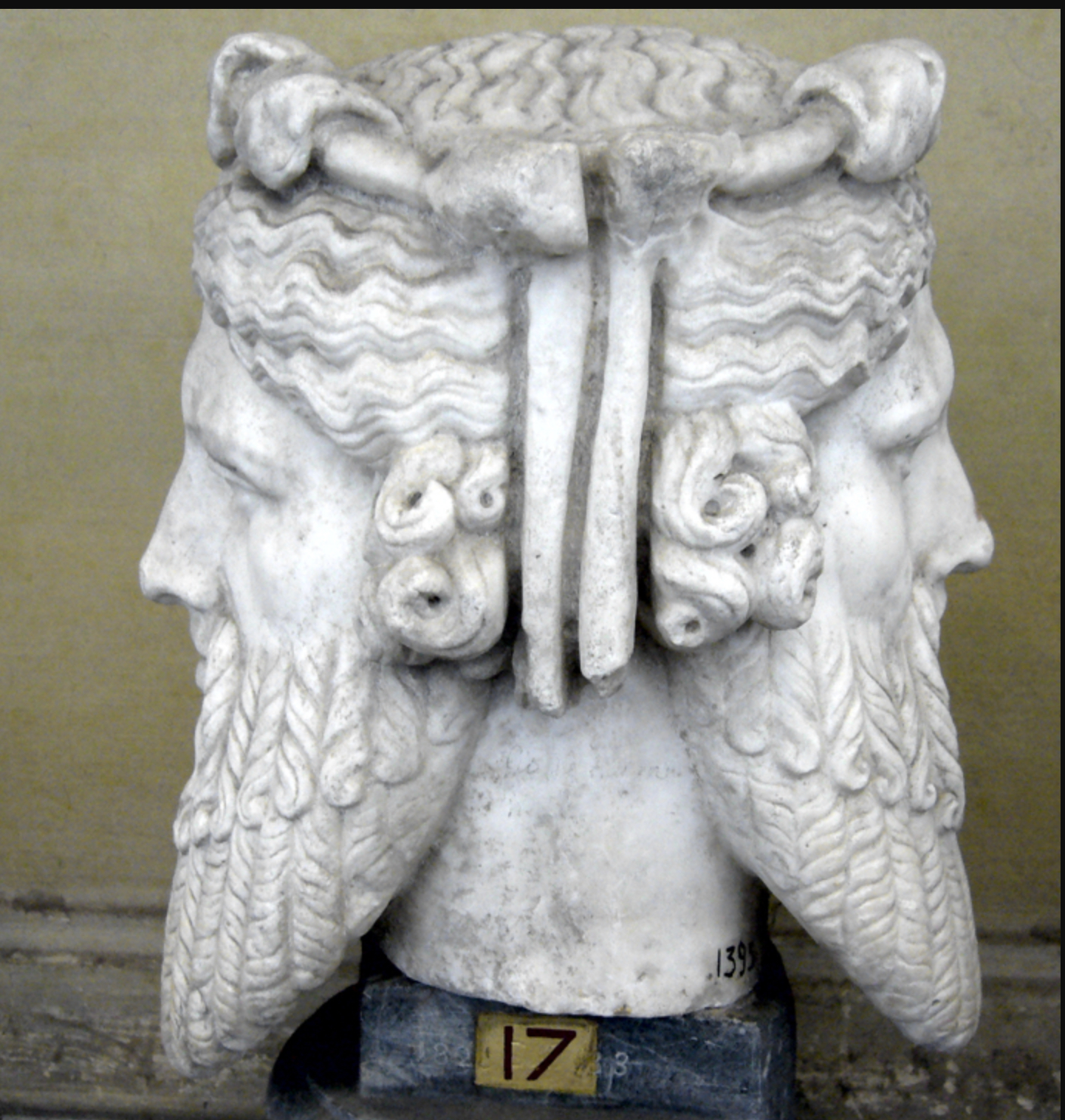

I’m sure that many of you may rely on digital calendars, but I love the physical ones with intriguing imagery and the ability to easily glance ahead at what is in store.
It is my New Year’s Day tradition to remove the previous year’s calendar from the wall and sit down with it beside my shiny new, current year one. As I transfer birthday and anniversary dates to the new calendar, it gives me the opportunity to look back over the joys and challenges of the previous year. As I place the new calendar on the wall, I look at its relatively empty spaces—still unfilled with appointments and reminders—and wonder what the next year will hold. The photos, above, show my two new 2023 calendars: one for my home office for writer’s life notes (the fairy houses,) and one for our kitchen for family and household info.

As I ponder the names of each month, I am reminded of a post I wrote seven years ago and am reposting it here:
For thirty-one days a year, every year, we date our letters and signatures with the word “January”– most of us, I imagine, not giving it a second thought. But what exactly is a “January” other than the name we give the first month of our calendar year? What exactly is a “February” for that matter? I decided it was high time I stopped blindly and blithely writing the names next to mine without finding out what they meant.
Once you get to September, the months have quite mundane origins in that they only represent their numerical position on the original Roman calendar invented by King Romulus in 753 BC. Since that calendar began with March, September was the seventh month and comes from the Latin for “seven”– septem. October was the eighth month (octo,) November the ninth (novem) and December, the tenth (decem.) This first calendar did not take the winter months into consideration and so did not work very well. Who knows, maybe they thought if they just ignored them, they’d go away. Since that method didn’t rid the world of winter but did cause undo confusion, King Numa Pompilius added two more months and January and February were born in 700 BC.

Head of Janus, Vatican Museum, photo by Loudon Dodd (via Wikimedia Commons) |
But what of the name January? That’s where it gets more interesting and a lot more creative. January (or Januarias in the Roman style) is named for the Roman god, Janus. Janus, most often portrayed as having a face on both sides of his head–one looking forward and one looking backward–is the god of beginnings and endings. Quite appropriate for our first month of the year. Janus represents passages and transitions as well, both physical and psychological. He represents the passage from childhood to maturity, the dark of night to the light of day, the beginnings of life and the transitions to death. He is the god of gates and doorways and all they symbolize. When Rome was at war the gate to Janus’s temple was open and when at peace the gate was closed. Janus is seen presiding over the beginning of marriages, planting, and harvests.

Temple of Janus,1748, Giovanni Battista Piranesi |
Thanks for stopping by. Y’all come back now!
(And wishing you a wonderful new year full of whatever you may need in your life!)
Kate